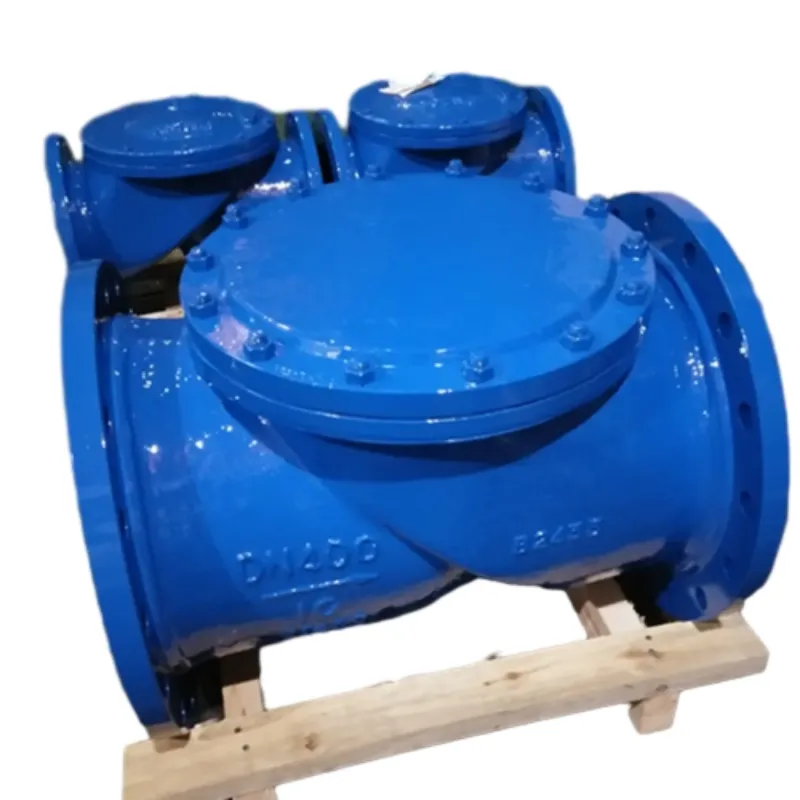Oct . 31, 2024 18:42 Back to list
Exploring Various Types and Uses of Control Valves in Industrial Applications
Types and Applications of Control Valves
Control valves are essential components in various industrial processes, playing a vital role in regulating the flow, pressure, and temperature of fluids. They come in a wide range of types and are designed for specific applications, ensuring optimal performance and efficiency in system operations. Understanding the types of control valves and their applications is critical for engineers and operators in the field.
One of the most common types of control valves is the globe valve. The globe valve is known for its good throttling capabilities, making it suitable for flow regulation. It is often used in applications where precise control over the flow rate is necessary, such as in chemical processing or water treatment plants.
Another popular type is the ball valve. Ball valves offer quick shut-off capabilities, making them ideal for on/off applications. With a solid ball that rotates within the valve body, they provide minimal resistance to flow, making them suitable for high-pressure and high-temperature applications, such as oil and gas transport.
Butterfly valves are another category used frequently in industries. They consist of a disc that rotates on a spindle, allowing for quick operation and compact design. Butterfly valves are commonly used in large volume applications, such as HVAC systems and water supply pipelines, due to their lightweight and efficiency.
control valve types and applications

Gate valves, while not typically used for throttling, are essential for full flow applications. These valves provide excellent flow capabilities with minimal pressure drop. They are often employed in pipelines where the flow needs to be completely stopped or allowed to flow freely.
Check valves are also crucial, as they prevent backflow in piping systems. By allowing fluid to flow in one direction only, these valves protect pumps and other equipment from damage caused by reverse flow. They are widely used in various sectors, including wastewater management and the oil and gas industry.
In recent years, the advent of smart valves has revolutionized flow control. Equipped with sensors and digital technology, smart control valves can automatically adjust their operation based on real-time data, enhancing the efficiency and reliability of fluid systems.
Overall, the selection of control valves depends on the specific requirements of the application, including pressure, temperature, fluid type, and desired control accuracy. By understanding the different types of control valves and their applications, professionals can ensure safer and more efficient operation in their respective industries.
-
Thread Plug Gauge Requires Careful HandlingNewsJul.29,2025
-
Surface plate calibrationNewsJul.29,2025
-
Ring Gauge Ensures Machining AccuracyNewsJul.29,2025
-
Pad Iron Reinforces Anchor PointsNewsJul.29,2025
-
Ground anchor stabilizes embankmentsNewsJul.29,2025
-
Granite Box Maintains Precision FlatnessNewsJul.29,2025
Related PRODUCTS









